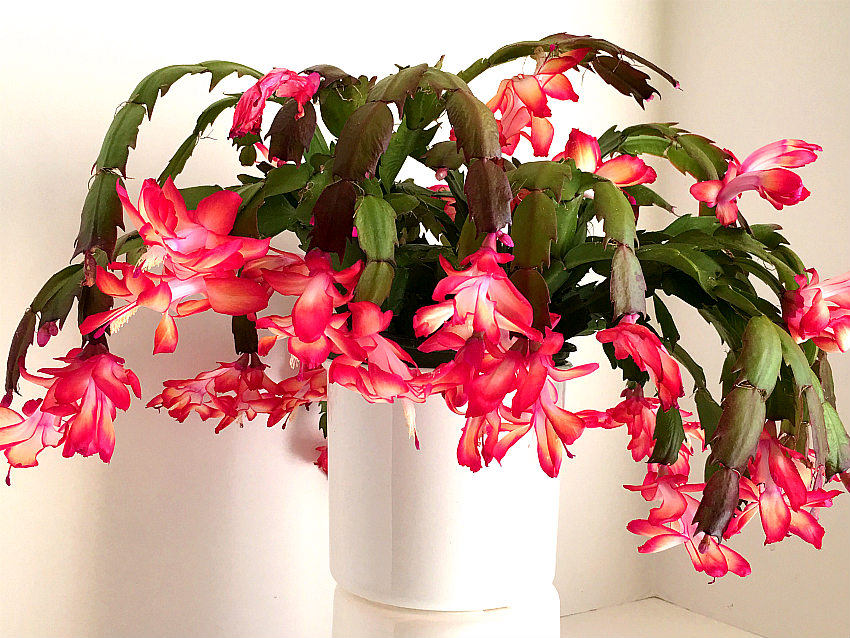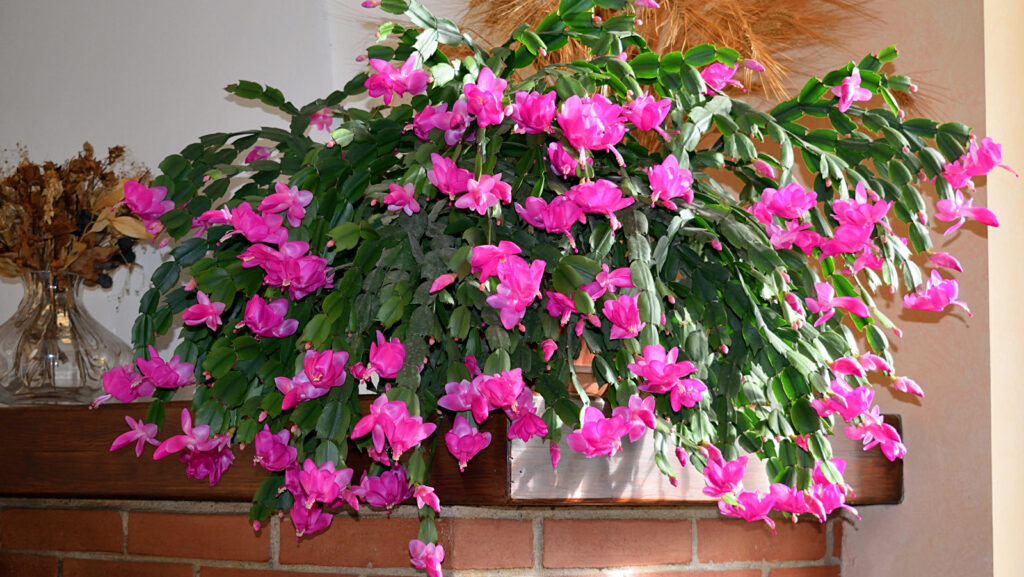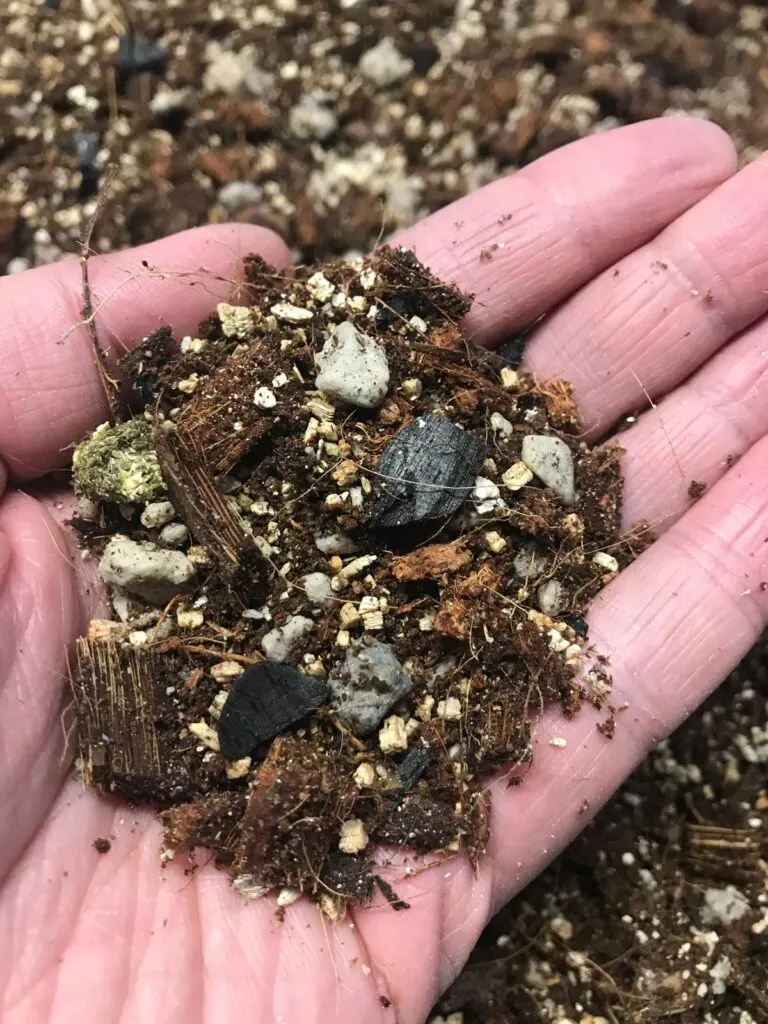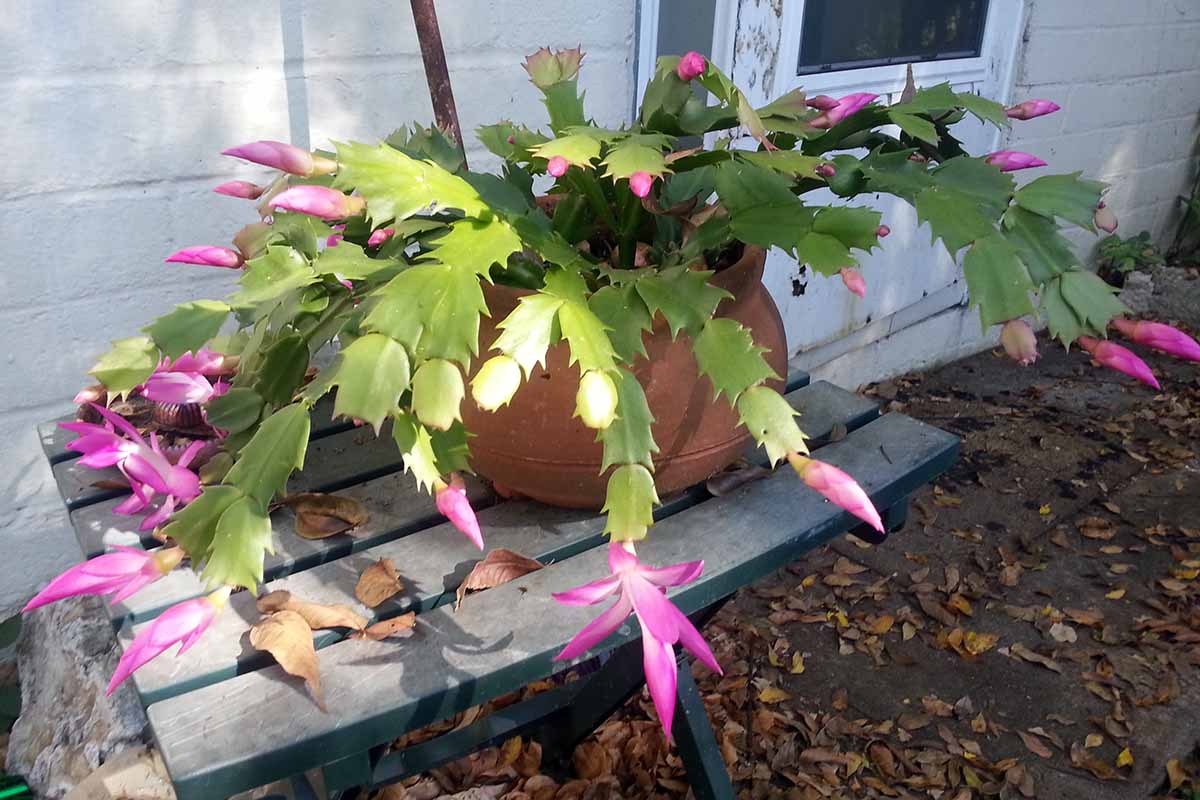Contents
Introduction
The Christmas cactus (Schlumbergera) is a beloved houseplant known for its vibrant and festive blooms that brighten up the holiday season. Unlike typical desert cacti, the Christmas cactus hails from the tropical rainforests of Brazil, making its care somewhat unique. With proper attention and the right conditions, this beautiful plant can thrive indoors and bloom year after year. Here are expert tips to help you for your Christmas cactus care indoors from bud to bloom.
Understanding the Christmas Cactus
Before diving into care tips, it’s essential to understand the basic nature of the Christmas cactus. This plant has flattened, segmented stems and produces beautiful, tubular flowers in shades of pink, red, white, or purple. The key to its success lies in mimicking its natural habitat—a humid, forested environment with filtered light and well-draining soil.
Choosing the Right Location
Light Requirements
Christmas cacti prefer bright, indirect light. Too much direct sunlight can scorch their delicate leaves, while too little light can hinder blooming. Place your cactus near a north or east-facing window where it can receive ample but gentle sunlight. If natural light is insufficient, you can supplement it with fluorescent or LED grow lights.

Temperature and Humidity
These tropical plants thrive in temperatures between 60-70°F (15-21°C) during the day and slightly cooler at night. Avoid placing your cactus near drafts, heating vents, or sudden temperature changes, as these can cause stress. Additionally, Christmas cacti prefer higher humidity levels. Using a humidifier or placing a tray of water near the plant can help maintain the necessary moisture in the air.
Watering Guidelines
Proper watering is crucial for the health of your Christmas cactus. These plants do not tolerate overwatering, which can lead to root rot. Here’s how to get it right:
Frequency
Water your Christmas cactus when the top inch of the soil feels dry to the touch. This typically means watering every 2-3 weeks, but the frequency can vary depending on your home’s temperature and humidity. Reduce watering during the plant’s dormant period, which occurs after blooming, usually in late winter.
Method
Water the plant thoroughly, allowing excess water to drain out of the pot. Ensure the pot has drainage holes to prevent water from sitting at the bottom. Avoid letting the plant sit in standing water, as this can cause root damage.
Soil and Potting
Soil Mix
A well-draining soil mix is essential for Christmas cactus plant. Use a cactus or succulent mix, or create your own by combining two parts potting soil with one part sand or perlite. This blend provides adequate drainage and aeration, preventing waterlogged roots.
Pot Selection
Choose a pot with drainage holes to allow excess water to escape. While Christmas cacti can tolerate being slightly root-bound, repotting every 2-3 years can refresh the soil and provide more space for growth. Repotting is best done in the spring, after the blooming period has ended.
Feeding Your Christmas Cactus
Fertilizing your Christmas cactus can promote healthy growth and abundant blooms. Use a balanced, water-soluble fertilizer with equal parts nitrogen, phosphorus, and potassium (e.g., 20-20-20).
Fertilization Schedule
Feed your plant every 4-6 weeks during the growing season, from late winter to early fall. Stop fertilizing in late fall to encourage blooming. Over-fertilization can harm the plant, so follow the recommended dosage on the fertilizer package.

Encouraging Blooms
Getting your Christmas cactus to bloom can be a bit of a challenge, but with the right conditions, you can enjoy a spectacular display of flowers.
Light and Darkness
In the fall, Christmas cacti require a period of darkness to trigger blooming. Provide 12-14 hours of uninterrupted darkness each night for about 6-8 weeks. During the day, ensure the plant receives bright, indirect light. This light-dark cycle mimics the natural conditions that prompt the cactus to bloom.
Temperature
Cooler nighttime temperatures, between 50-60°F (10-15°C), can also encourage blooming. If possible, move your cactus to a cooler room or closer to a window during this period.
Avoiding Stress
Avoid moving or disturbing your Christmas cactus once buds start to form, as this can cause them to drop. Stress from changes in light, temperature, or watering can negatively impact blooming.
Pruning and Maintenance
Pruning your Christmas cactus helps maintain its shape and encourages new growth. After the blooming period, trim any leggy or unruly segments. You can use the cuttings to propagate new plants.
Propagation
To propagate, allow the cut segments to callous over for a day or two. Plant the cuttings in a small pot with a well-draining soil mix, and water sparingly until roots develop. Keep the soil slightly moist but not soggy.
Common Issues and Solutions
Bud Drop
Bud drop is a common issue caused by sudden changes in light, temperature, or watering. Ensure consistent care and avoid moving the plant once buds appear.
Yellowing Leaves
Yellow leaves can indicate overwatering, poor drainage, or nutrient deficiencies. Adjust your watering schedule, ensure proper drainage, and consider fertilizing if necessary.

Pests
Christmas cacti can occasionally suffer from pests like mealybugs or spider mites. Treat infestations with insecticidal soap or neem oil, and isolate the affected plant to prevent spreading.
Enjoying Your Blooming Christmas Cactus
With proper Christmas cactus care can be a stunning addition to your holiday décor. Its vibrant blooms add a touch of color and festivity to any indoor space. Remember, patience and consistency are key. By understanding the needs of your Christmas cactus and providing the right environment, you can enjoy its beautiful flowers year after year.
Whether you’re a seasoned plant enthusiast or a beginner, these expert tips will help you cultivate a healthy, blooming Christmas cactus. Happy gardening!



